In the 2015 movie “The Martian,” when Matt Damon, playing an astronaut stranded on Mars extracts water by burning leftover rocket fuel and adding oxygen. In a recent study, published in the Proceedings of the National Academy of Sciences, researchers at Northwestern University used a similar method to create water using the rare metallic element, palladium as the catalyst.
They witnessed the ethereal reaction that produced tiny, nano-sized bubbles of water. The breathtaking footage of this chemical reaction was published on YouTube. The breakthrough was achieved while researchers were busy investigating the properties of palladium and how it generates water. Researchers have known since the early 1900s that palladium can react with gases to generate water, but achieving the reaction was a mystery. So, when they witnessed the little water bubbles popping out, it was nothing less than astonishing. The study was led by Vinayak Dravid, lead researcher and Abraham Harris Professor of Materials Science and Engineering at Northwestern’s McCormick School of Engineering and founding director of the Northwestern University Atomic and Nanoscale Characterization Experimental (NUANCE) Center.
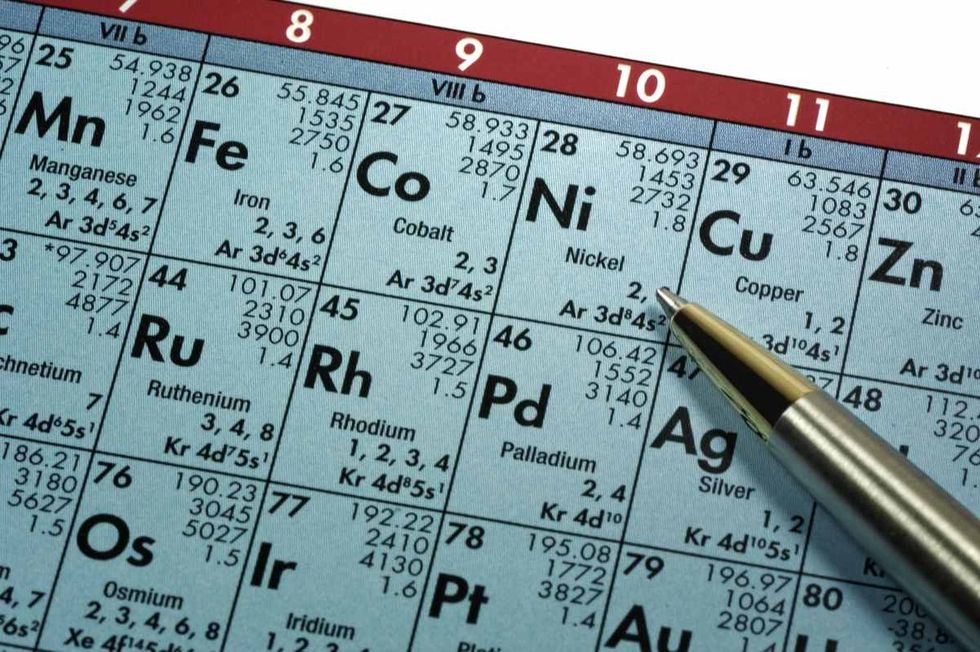
“It’s a known phenomenon, but it was never fully understood,” said Yukun Liu, the study’s first author and a Ph.D. candidate in Dravid’s laboratory. In a university press release, Liu added, “Because you really need to be able to combine the direct visualization of water generation and the structure analysis at the atomic scale in order to figure out what’s happening.”
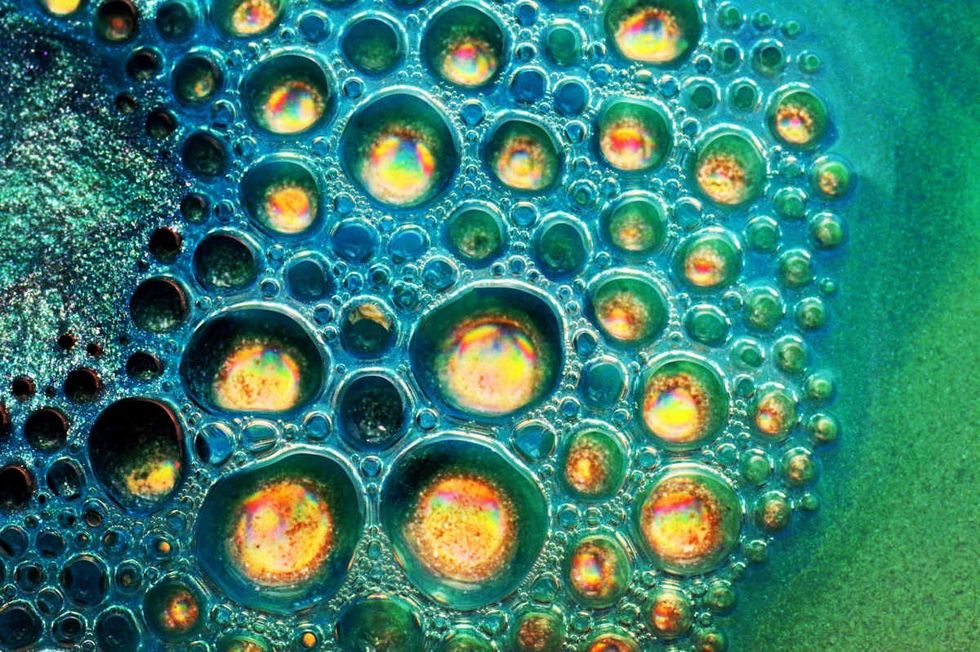
The footage in question displays a hydrogen atom making its way inside the palladium molecule. Since hydrogen atoms are so small, they can easily squeeze themselves inside the palladium molecule, causing its lattice to expand, and soon a tiny little water bubble pops out in an unreal manner. “We think it might be the smallest bubble ever formed that has been viewed directly,” Liu said. “It’s not what we were expecting. Luckily, we were recording it, so we could prove to other people that we weren’t crazy.”
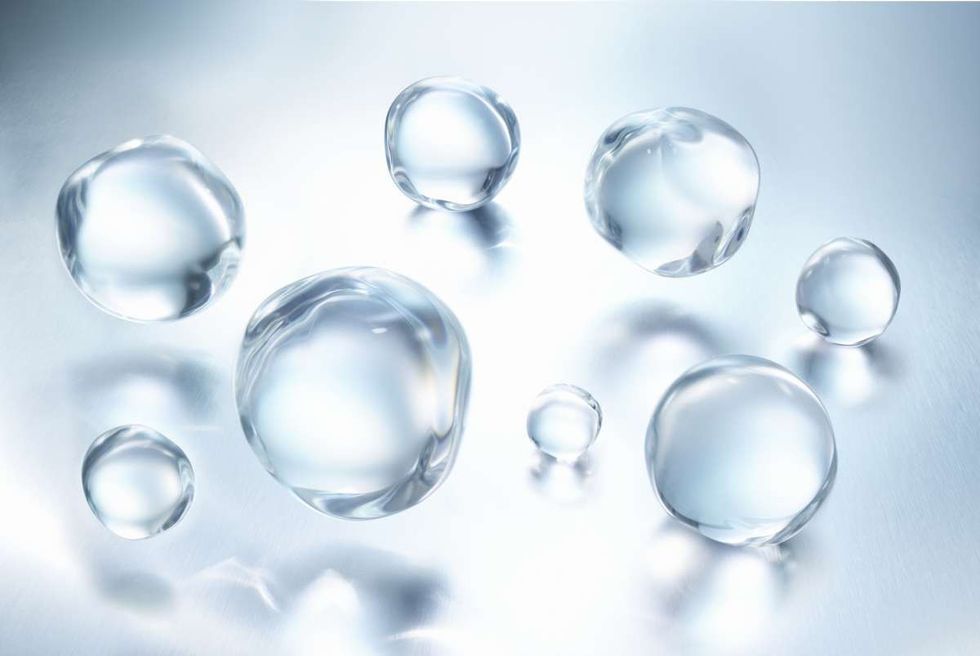
Witnessing this reaction in real-time was next to impossible until January 2024 when Dravid’s team published another study, revealing a groundbreaking method to capture gas molecules. The team crafted an ultra-thin glassy membrane that could hold gas molecules in honeycomb-shaped nonreactors, from where they viewed these through high-vacuum transmission electron microscopes. They used the same electron microscope method to capture the footage of this palladium molecule. IFL Science explains that this method is similar to the one that India’s Chandrayaan-1 used to detect water on the Moon.
Researchers also noted in the study that the hydrogen oxidation rate catalyzed by palladium is significantly affected by the sequence in which the gases are introduced. They added, “These nanoscale insights help identify the optimal reaction conditions for Pd-catalyzed hydrogen oxidation, which has substantial implications for water production technologies. The developed understanding also advocates a broader exploration of analogous mechanisms in other metal-catalyzed reactions.” If water can indeed be generated by palladium, then astronauts on space missions would be able to create water in space outside Earth, and probably in the realms beyond.

















 Blue Ghost Mission 1 - Sunset Panorama GlowPhoto credit:
Blue Ghost Mission 1 - Sunset Panorama GlowPhoto credit: 
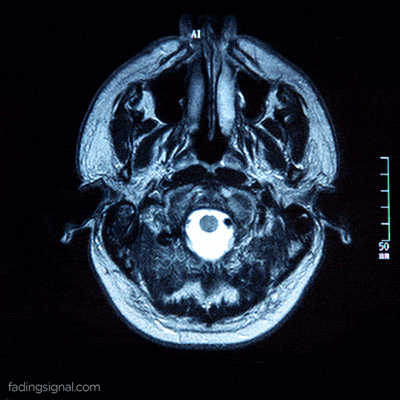 medical school brain GIF
medical school brain GIF woman leaning on man's shoulder
Photo by
woman leaning on man's shoulder
Photo by 
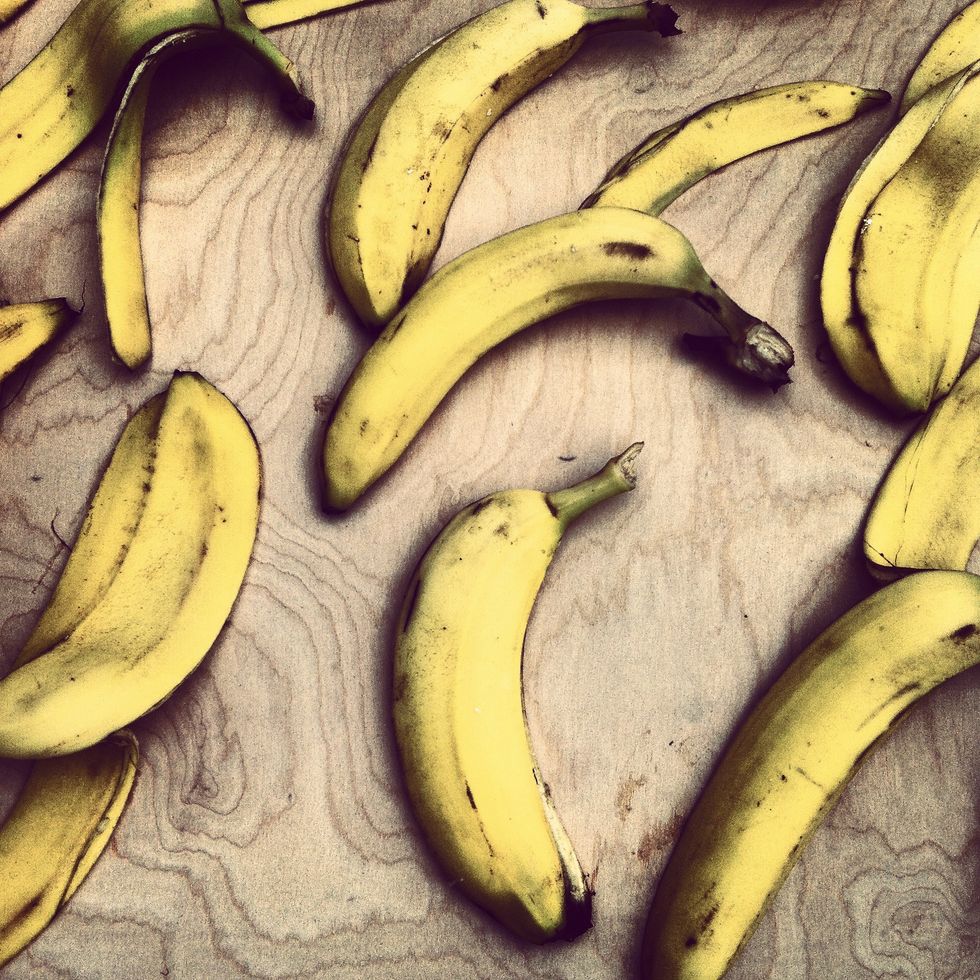 Ripe bananas
Ripe bananas How we treat produce could be changing for the better.
How we treat produce could be changing for the better.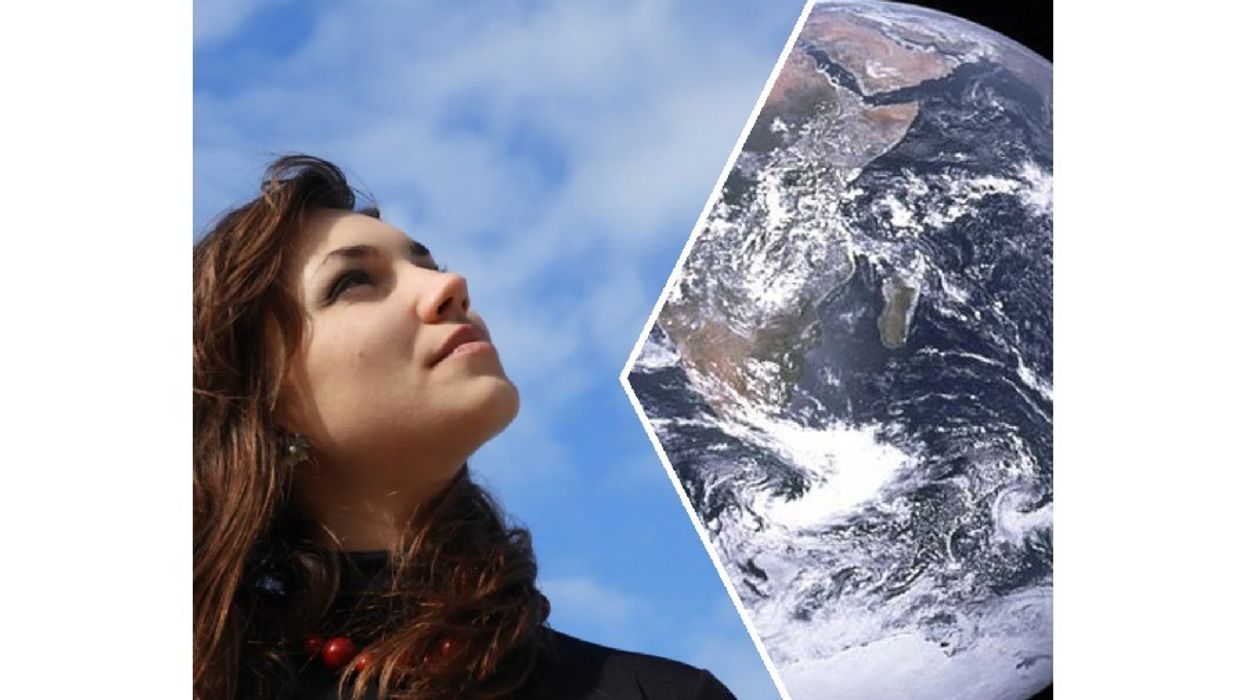
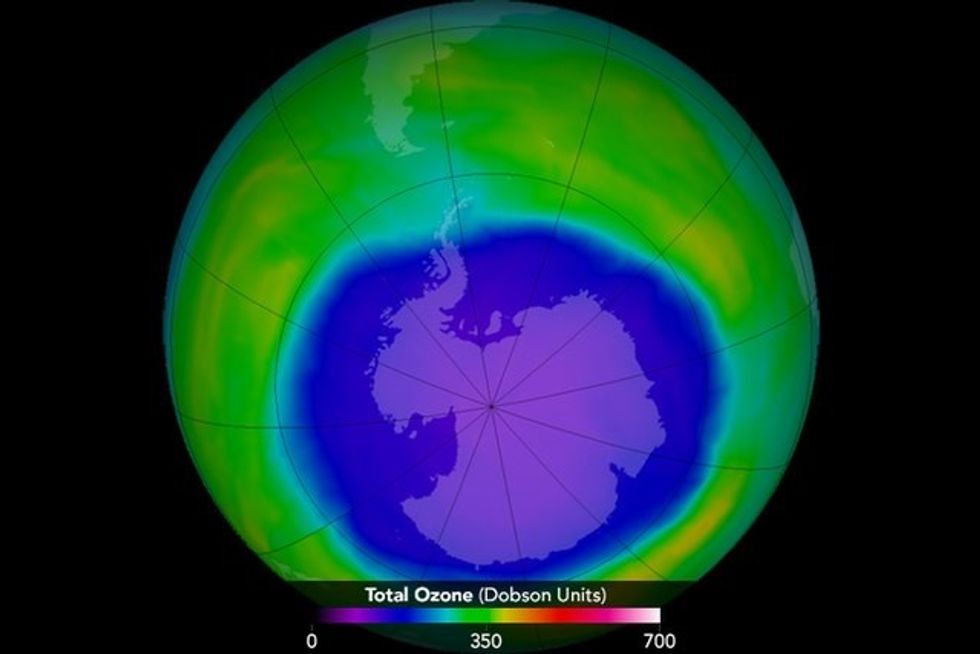 The hole in the ozone layer in 2015.Photo credit: Wikimedia Commons
The hole in the ozone layer in 2015.Photo credit: Wikimedia Commons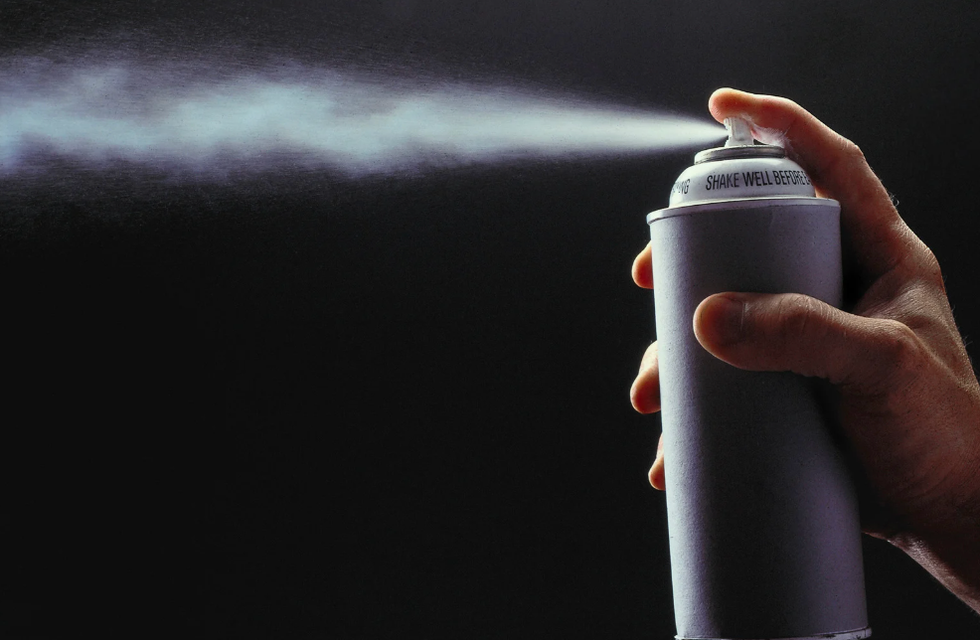 In the 1980s, CFCs found in products like aerosol spray cans were found to cause harm to our ozone layer.Photo credit: Canva
In the 1980s, CFCs found in products like aerosol spray cans were found to cause harm to our ozone layer.Photo credit: Canva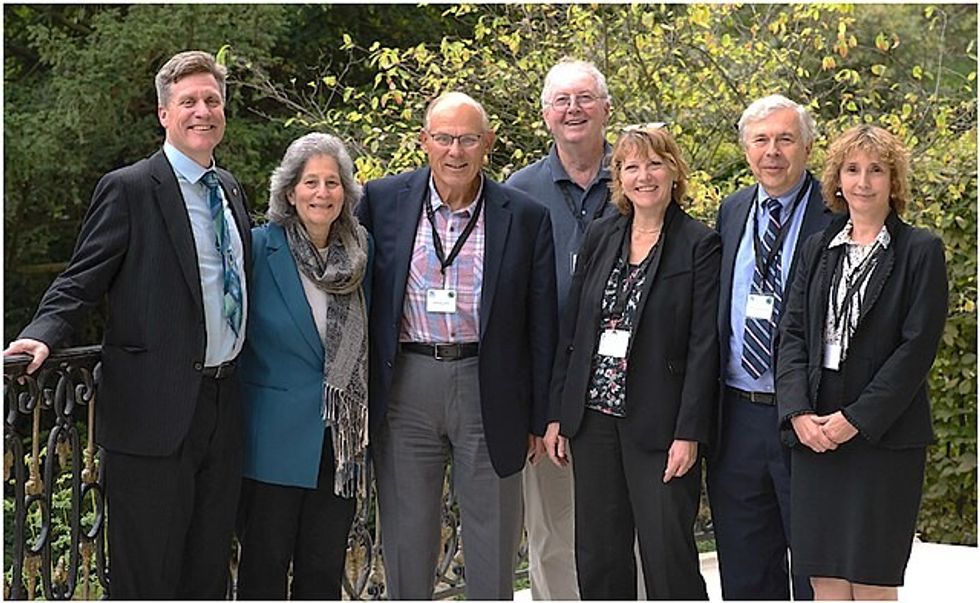 Group photo taken at the 30th Anniversary of the Montreal Protocol. From left to right: Paul Newman (NASA), Susan Solomon (MIT), Michael Kurylo (NASA), Richard Stolarski (John Hopkins University), Sophie Godin (CNRS/LATMOS), Guy Brasseur (MPI-M and NCAR), and Irina Petropavlovskikh (NOAA)Photo credit: Wikimedia Commons
Group photo taken at the 30th Anniversary of the Montreal Protocol. From left to right: Paul Newman (NASA), Susan Solomon (MIT), Michael Kurylo (NASA), Richard Stolarski (John Hopkins University), Sophie Godin (CNRS/LATMOS), Guy Brasseur (MPI-M and NCAR), and Irina Petropavlovskikh (NOAA)Photo credit: Wikimedia Commons
 Getting older means you're more comfortable being you.Photo credit: Canva
Getting older means you're more comfortable being you.Photo credit: Canva Older folks offer plenty to young professionals.Photo credit: Canva
Older folks offer plenty to young professionals.Photo credit: Canva Eff it, be happy.Photo credit: Canva
Eff it, be happy.Photo credit: Canva Got migraines? You might age out of them.Photo credit: Canva
Got migraines? You might age out of them.Photo credit: Canva Old age doesn't mean intimacy dies.Photo credit: Canva
Old age doesn't mean intimacy dies.Photo credit: Canva
 University President Eric Berton hopes to encourage additional climate research.Photo credit: LinkedIn
University President Eric Berton hopes to encourage additional climate research.Photo credit: LinkedIn

 Talent Ear GIF from
Talent Ear GIF from